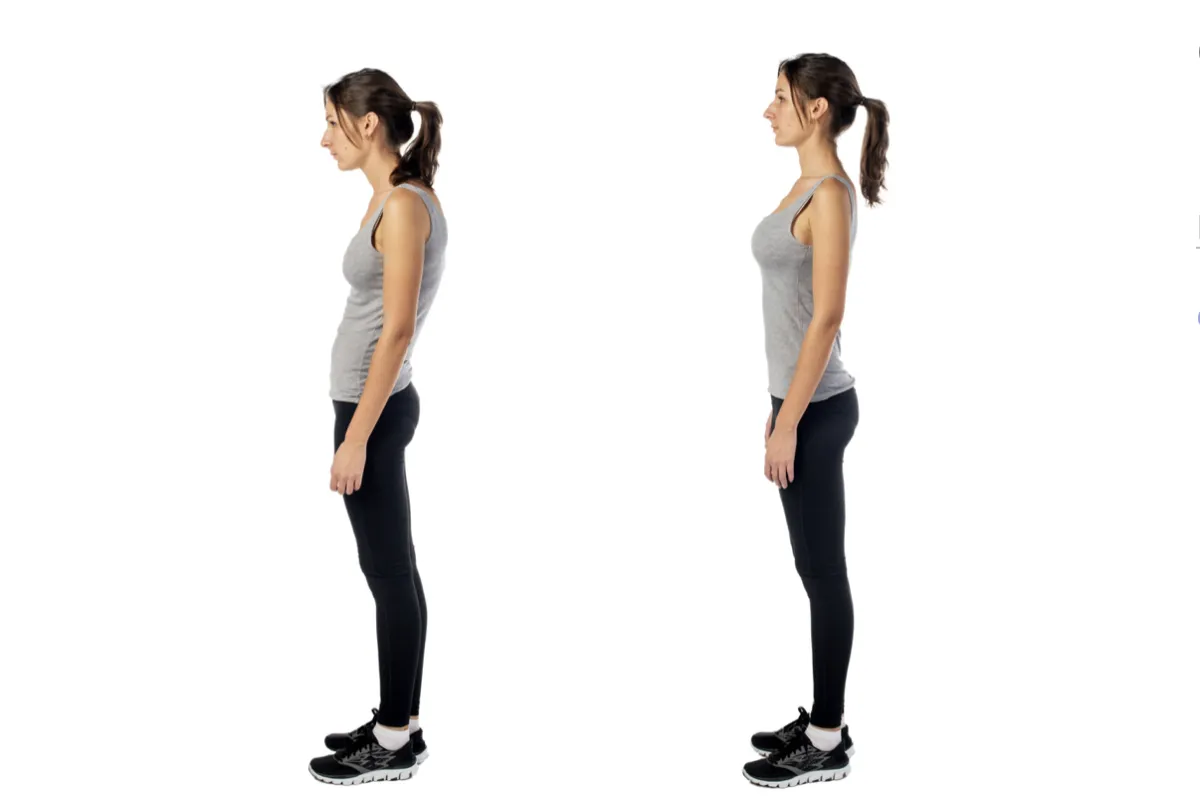
This Underrated Habit Makes You Feel Better, More Confident, and…Taller!
A great number of clients come to us with neck, shoulder, knee, and/or back pain. Invariably, those issues can be resolved by correcting alignment issues--they're postural.
One client's back pain was exacerbated simply by her habit of standing with her hands on her hips!
Other clients mention that they're not as tall as they used to be. It turns out, most of that "lost height" was due to how they habitually stand.
Posture isn’t just about whether you're slouching or standing up straight. It affects everything from how your muscles fire to how well you breathe.
As we age, joints and connective tissues become less forgiving.
Poor alignment accelerates wear and tear, leading to nerve compression, inflammation, disc issues, circulation problems, and chronic pain.
The Physical Payoff
Good posture allows your body to move more efficiently and with less effort. That means:
Reduced risk of injury—from sports, daily activities, and repetitive motion (carpal tunnel and tennis elbow)
Less muscle tension and joint stress
Increased strength and energy
Improved balance and stability
A lower risk of falls, surgeries, and joint replacements down the line
Relief from back, neck, and shoulder pain
Better alignment supports proper breathing mechanics, digestion, and circulation, while slouching makes you more prone to heartburn, constipation, tension headaches, and achy muscles.
The Mental Edge
Posture doesn’t just change how you move. It changes how you feel. Studies show optimal posture can:
Improve focus and concentration
Reduce symptoms of depression and fatigue
In contrast, a slumped posture has been linked to lower mood and energy. One study found that sitting upright can help regulate emotions and reduce sadness, proving that body and mind are deeply connected.
Posture isn’t static. It’s dynamic.
Regular movement is key. The longer you stay in one position, the more your body pays for it.
Good posture doesn't mean a completely straight back.
Your spine has natural curves that balance your head over your shoulders and your torso over your hips.
How to improve it
Be aware of your alignment when sitting, standing, and walking.
Keep your abdominals, glutes, and legs strong.
Change positions regularly, especially if you work at a desk.
Use ergonomic seating and adjust screens to eye level.
Consider a sit/stand desk and take movement breaks.
Keep your eyes on the horizon when you walk.
Choose low-heeled shoes with zero drop, if possible.
One client who was working on his sitting posture (prompted by back pain) commented, "This doesn't feel remotely natural..."
That's because it was so different from what he was used to.
Muscles that hadn't been working were now working.
It may feel strange at first but it becomes second nature with practice.
We’ve recently welcomed 3 new clients who came in with noticeably rounded posture. It's been amazing to watch them begin to look, move, and feel...well, absolutely transformed!
The payoff makes it worth the effort!